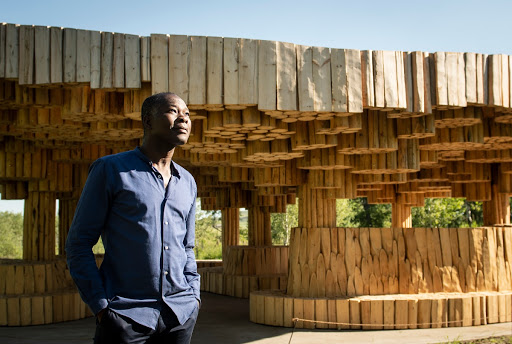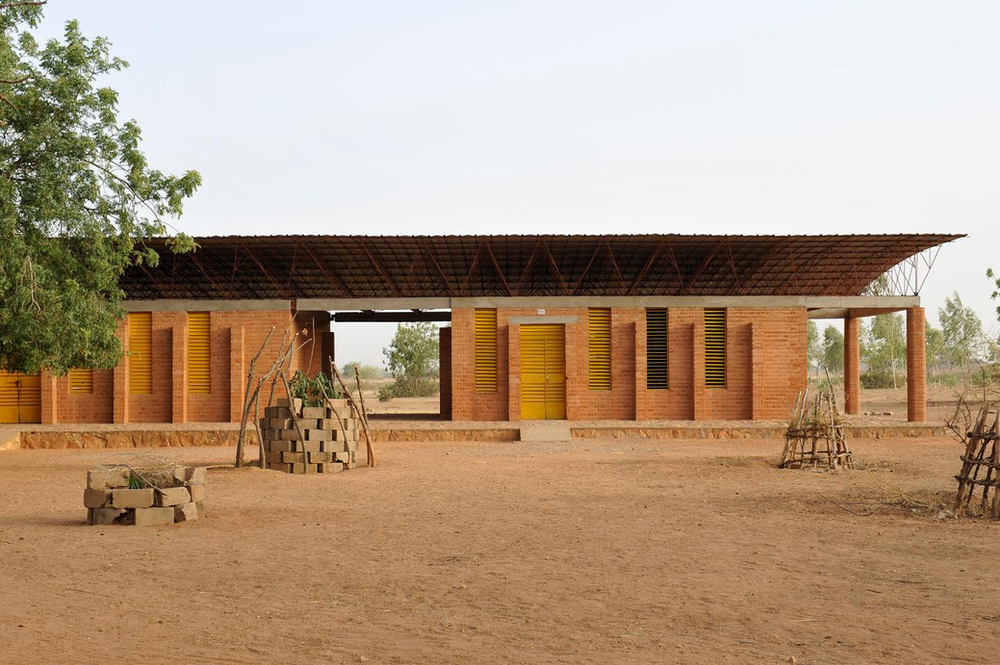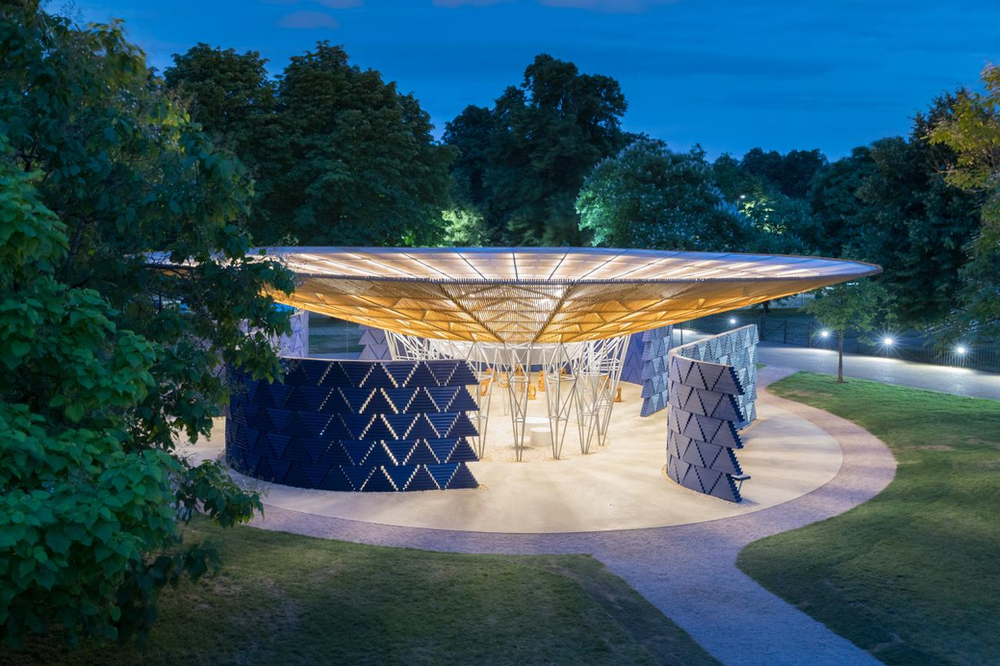
Burkina Faso-born architect, Diébédo Francis Kéré, has made history as the first African to win the prestigious Pritzker Prize, which is popularly labelled the Nobel Prize of Architecture.
The 56-year-old Kéré, who holds dual citizenship of Burkina Faso and Germany, was awarded for his esteemed work which has been erected in his home countries, Europe and America.
In a statement announcing the award, Tom Pritzker, Chairman of the Hyatt Foundation that sponsors the award, said Kéré deserved the award for his “pioneering” designs that are “sustainable to the earth and its inhabitants–in lands of extreme scarcity”.
“He is . . . improving upon the lives and experiences of countless citizens in a region of the world that is at times forgotten,” Pritzker added in the statement.
The pioneering design of Kéré mentioned by Pritzker includes an innovative method of combining local clay and cement to form bricks for local communities. This inventive method, unlike the custom concrete, keeps buildings cool during hot temperatures.
Kéré’s design also involves the use of a wide, raised metal roof that covers the building against rain and also helps air flow.
The inventive design was in 2001 deployed for a primary school in Gando village, in Burkina Faso, where he was born. Kéré won plaudits as the number of students in the school went from 120 to 700.

Gando Primary School, 2001. Gando, Burkina Faso
Kéré in 2017 also designed the Serpentine Pavilion in London’s Hyde Park. The project is a highly rated project that is usually given to the world’s most sought architect every year. He was also part of the architects behind Geneva’s International Museum of the Red Cross and Red Crescent.

Serpentine Pavilion, 2017. London, United Kingdom
Reacting to the recognition as holder of the 51st Pritzker Prize, Kéré described himself as the “happiest man on the planet”.
“I grew up in a community where there was no kindergarten, but where community was your family,” he told the Pritzker Prize.
“I remember the room where my grandmother would sit and tell stories with a little light, while we would huddle close to each other and her voice inside the room enclosed us, summoning us to come closer and form a safe place. This was my first sense of architecture,” he continued in his office where he was celebrating with his team.
“I’m always thinking: How can I get the best for my clients, for those who can afford but also for those who can not afford?
“This is my way of doing things, of using my architecture to create structures to serve people, let’s say to serve humanity”.


